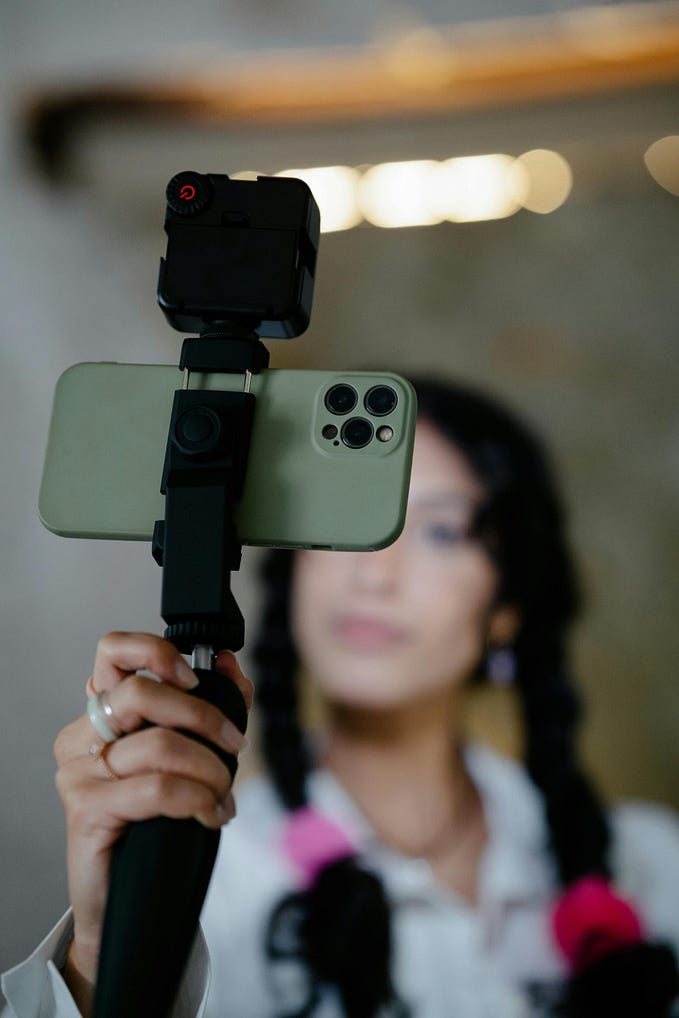Consider the table knife
Stone age cutting implements (sharpened stones or bones) predate fire by about a million years. It’s worth reminding ourselves that for millions of years hominids survived in part by hacking and eating raw meat.
Throughout our evolution, the importance of eating food meant that cutting implements always made use of the best technology available at the time (cutting-edge technology?). From various stone materials to bronze, then iron, carbon steel, and eventually becoming the modern stainless steel, titanium, and ceramic knives of today.
Up until about 3–400 years ago, people in Europe accessorised by carrying a personal eating knife (sheathed and hanging from the belt, custom designed and ornate if rich). They were sharp and dagger-like and they meant business (and not just eating business). Even women carried one.
Then suddenly it all changed. From the 18th century onward, knives started to be set at the table. The knife ceased to be a personal statement, and became a reflection on the host rather than the user.
In parallel, table knives were redesigned so as not to cut well. Given that the purpose of a knife is to cut, intentionally designing a knife to be bad at its job required some lateral thinking. The sharp point was rounded off, the dagger became single edged, the blade was dulled, and it was held ‘daintily’, rather than gripped like a real knife or a dagger.
It seems it was a fashion statement, a process of gentrification driven by courtly precedent. Even today, when we actually need to cut something on our plate, we resort to a special knife — the steak knife.
Before the table knife, we held food between our front teeth, and tore bits off; the “stuff-and-cut” method. Teeth weren’t the cutters though (despite being called incisors). Meat was either torn off from the part held in the teeth by pulling the bit in the hand away, or cut off (carefully) with something sharp such as a dagger. This method persisted until table knives made their appearance.
But the stuff and cut method only really works if there is no overbite (the upper-front teeth coming down in front of the lower teeth), and the thing is that until about 250 years ago we didn’t have an overbite. Instead, our upper front teeth came down to meet the lower teeth edge-to-edge (just as they do in other primates such as the chimpanzee), and both sets were much shorter (so that we could still use the molars).
The switch to an overbite occurred over far too short a period of time for it to be an evolutionary process. It has been linked instead to the behavioural change wrought by the table knife (as first proposed by the American anthropologist C. Loring Brace). By not using the teeth as a vice, they continued to lengthen with age, and it became necessary to learn to retract the lower jaw so that the two sets of teeth could pass by each other and our molars could still meet. Fossil records indicate that the overbite developed much earlier in the Chinese, which fits with the early adoption of the chopstick (and thus the relegation of all cutting to the kitchen).
Reference: B Wilson, “Consider the Fork — a history of how we cook and eat”, Basic Books, Perseus Book Group, NY.






